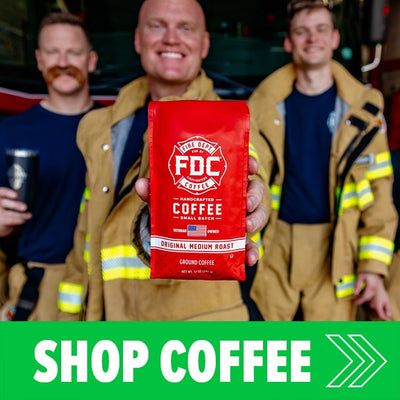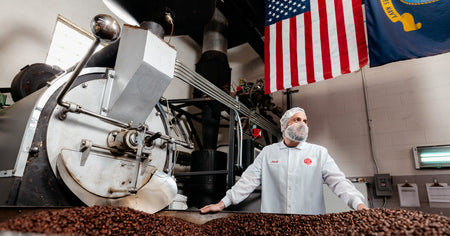- COFFEEToggle submenu
- CLUBSToggle submenu
-
GEARToggle submenu
No results found.
-
ABOUTToggle submenu
No results found.
- Login / My Account
- Buy Near Me
No results found.


























